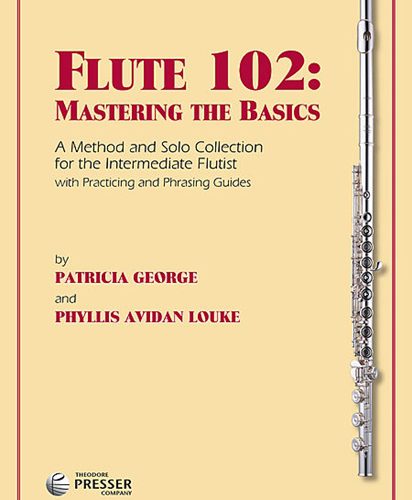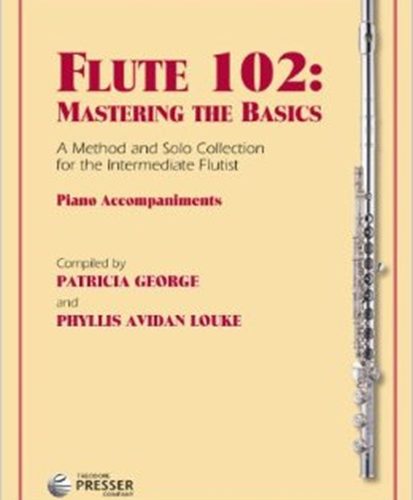I struggle to identify with young women heroines in fairy tales and myths. Rather, I’m attracted to depictions of powerful, mysterious older women, particularly those who occupy an “in between” space in stories, neither hero nor villain. One such woman is the Russian folk character Baba Yaga. Another is the Irish Hag of Beara.
The Hag of Beara (or Bhéara), a Divine Hag in Irish mythology who appears as an old crone and is the bringer of winter. She can control the weather and wields power over life and death. She is a human embodiment of the
metaphor that life waxes and wanes with the tides. She is best known through “The Lament of the Hag of Beara,” a Middle Ages Irish poem in which she mourns the passing of her youth.
In the music, rapid, sweeping passages represent gusts of wind and crashing waves against the Irish shore. A c reeping motive slowly ascends, accompanied by mysterious, perhaps even ominous, oscillating accompaniment material, suggesting the approach of the Hag and the coming of winter.



